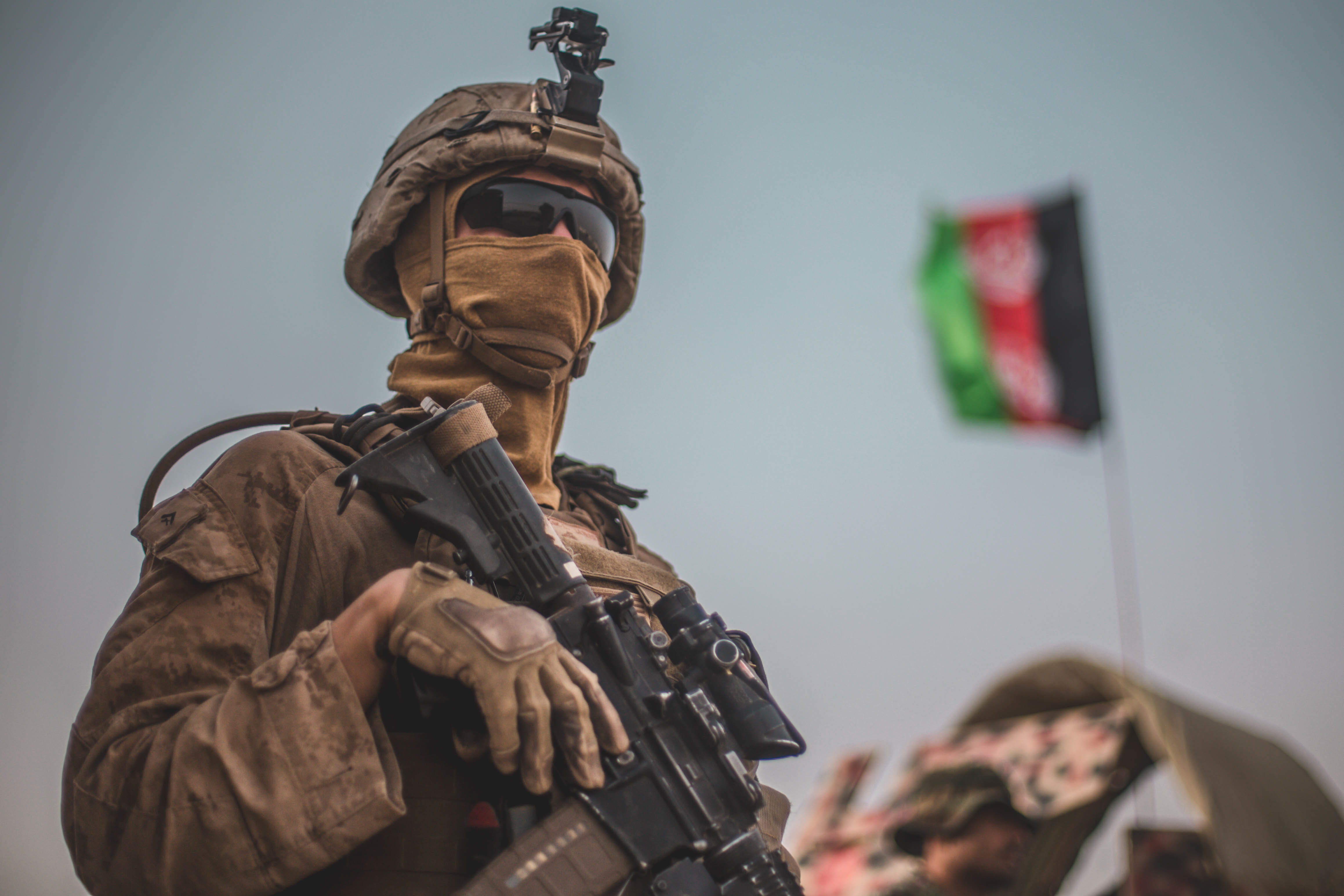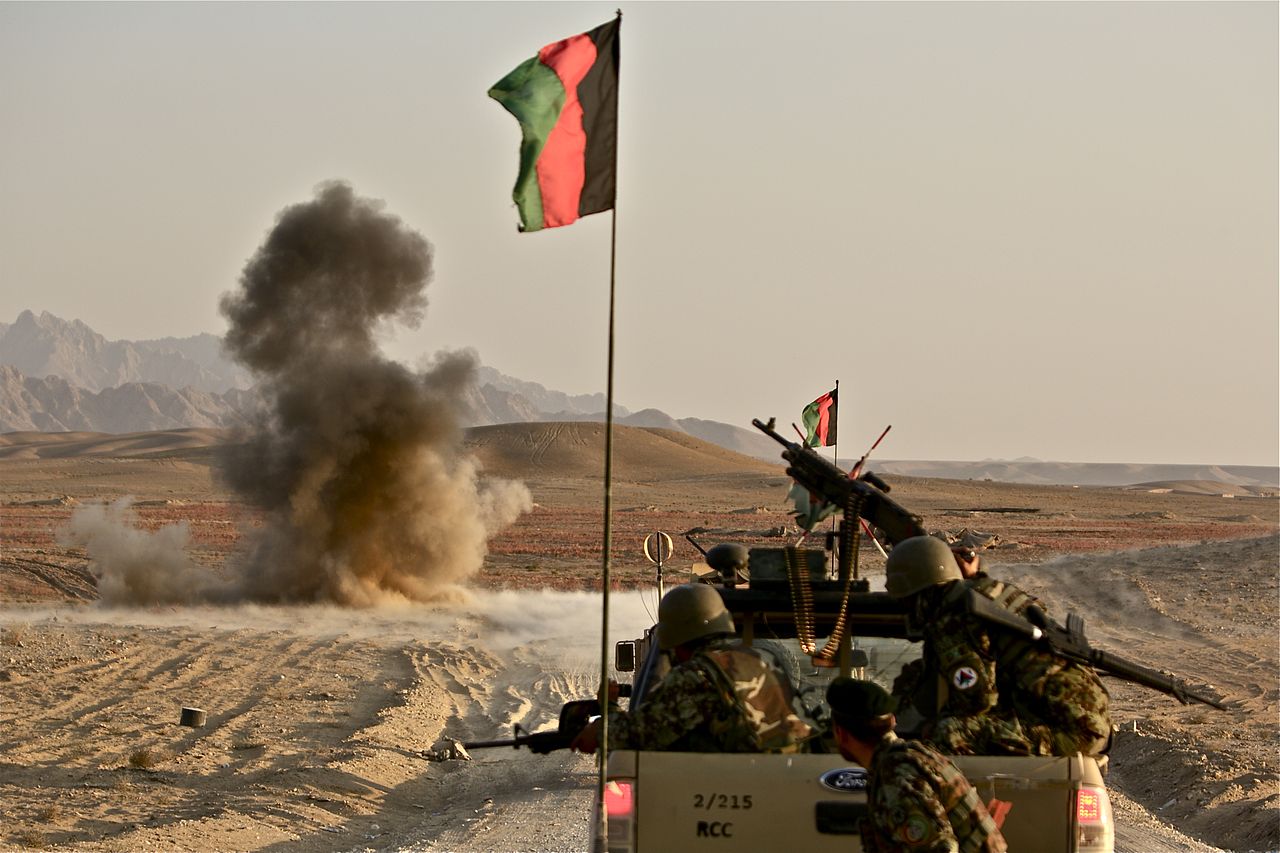
The United States, NATO and coalition partners indirectly created more warlords “who were just as bad as the terrorists themselves” for Afghans by pouring huge amounts of money into grandiose projects without proper oversight and coordination, the Special Inspector General for Afghanistan Reconstruction said Thursday.
Speaking at the Brookings Institution in Washington, D.C., as its latest lessons report was released, John Sopko, the special IG, said in answer to an audience question said that situation resulted in the “Afghan government, at times,” [being] viewed negatively by the Afghan people.”
The report put it this way: “More money went to communities whose local political dynamics were poorly understood, which often exacerbated conflicts, enabled corruption, and bolstered support for insurgents.”
Sopko said, the fact was “the sheer amount of money spent … had no correlation with outcome.”
He characterized past reconstruction efforts as trying to build “a diplomatic Norway” that emphasized the construction of “schools, highways, etc., etc.” when the question to be answered should have been “what were the services the insurgents were providing” that gained the public’s trust in a village, district or province and go from there.
Retired Marine Gen. John Allen, now president of Brookings and speaking from his experience as commander of the International Security Force Afghanistan, said what exists then and now “is a triangular threat:” “the ideological insurgency, euphemistically called the Taliban,” the drug enterprise built on poppy production, refining and exporting and the criminal patronage network.
All were deeply embedded in the society and countering one does not end the other two, he said.
The most effective programs were small in scale and done “when the government had a degree of control” and reinforced the progress being made, Sopko said.
Sopko, whose inspector general’s mandate cuts across agency and cabinet department lines, said in his opening remarks that after 17 years, “despite some very heroic efforts,” the reconstruction “program was mostly a failure,” hobbled from the beginning with “unrealistic expectations” in producing quick successes in hotly contested areas and weighed down by “institutional rivalries and bureaucratic hurdles” among the Pentagon, State Department, USAID and coalition partners.
By pushing “clear, build and hold,” the Department of Defense’s counterinsurgency doctrine in these districts and provinces, the “unintended negative consequences” were repeatedly having to clear “the insurgents again and again” from them so work such as road-building could go on.
The report notes that even following the “civilian surge” in Afghanistan after 2011 State and USAID did not have sufficient staffing to provide oversight of projects, large and small, and turned to hiring “temporary help,” who lacked authority to truly monitor the work.
For example, there was one State Department permanent employee for every contractor and only one permanent USAID employee for each 100 contractors in Afghanistan even after a build-up under President Barack Obama’s administration. These permanent employees also stayed in the country a year or less before rotating to a new assignment, creating “our own internal inertia” of having to relearn basics like the names of community leaders. Allen noted in the case of the military there was some overlap before handovers of command but the schedules of coalition partners, NATO and the United States were not synchronized.

Many of the temporary hires had little or no experience in post-conflict reconstruction, Sopko said. Using an example given to the report writers, one selectee said he was chosen because “I had a pulse and a master’s degree.” But Sopko added these hires could gain insight into how Afghanistan operated at the most local level because they were not confined to the one-year rotation policy. That benefit was offset by their having to seek the embassy’s permission to take action.
Sopko, in the question-and-answer session, praised the military for reading previous lessons learned reports before undertaking missions and also studying the terrain — geographic and human — that it would be operating in. He questioned whether State or USAID goes back to reports, as he did, that their departments had produced on what went right and what went wrong in their past stabilization work in Afghanistan, Iraq or other nations.
Stabilization of conditions in war-torn countries, like Afghanistan, Iraq and Syria, is “going to take a long time. Be honest” with the president seeking advice, cabinet officials, agency heads, Congress and the public, he said. “We tend to think in the appropriation cycle” of one or two years even in assessing long-term commitments and that leads to seeking fast solutions.
By doing that, “we give [DoD, State, USAID] a box of broken tools.”
Allen, using his time as a special presidential adviser on the Islamic State as a reference point, said, “Stabilization was important to us from the start” and there was a realization that the work was going to be more difficult in Syria than it was in Iraq.
“Ad-hoc coalitions [in militarily countering the insurgency] can only get you so far” before there needs to be a hand-off to civilian officials. “Stabilization cannot be an afterthought,” Allen said, and that includes ensuring the role of women in the post-conflict society.
“The need for such expertise [as succeeded in Kunar Province, Afghanistan] will not diminish” over time, Sopko said, as insurgencies break out in ungoverned spaces around the globe.





